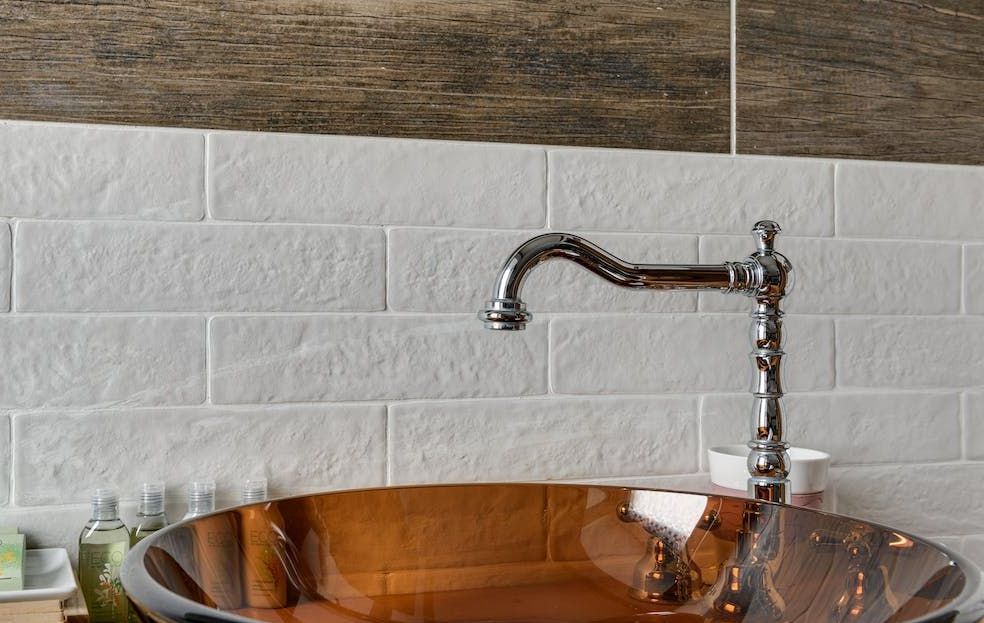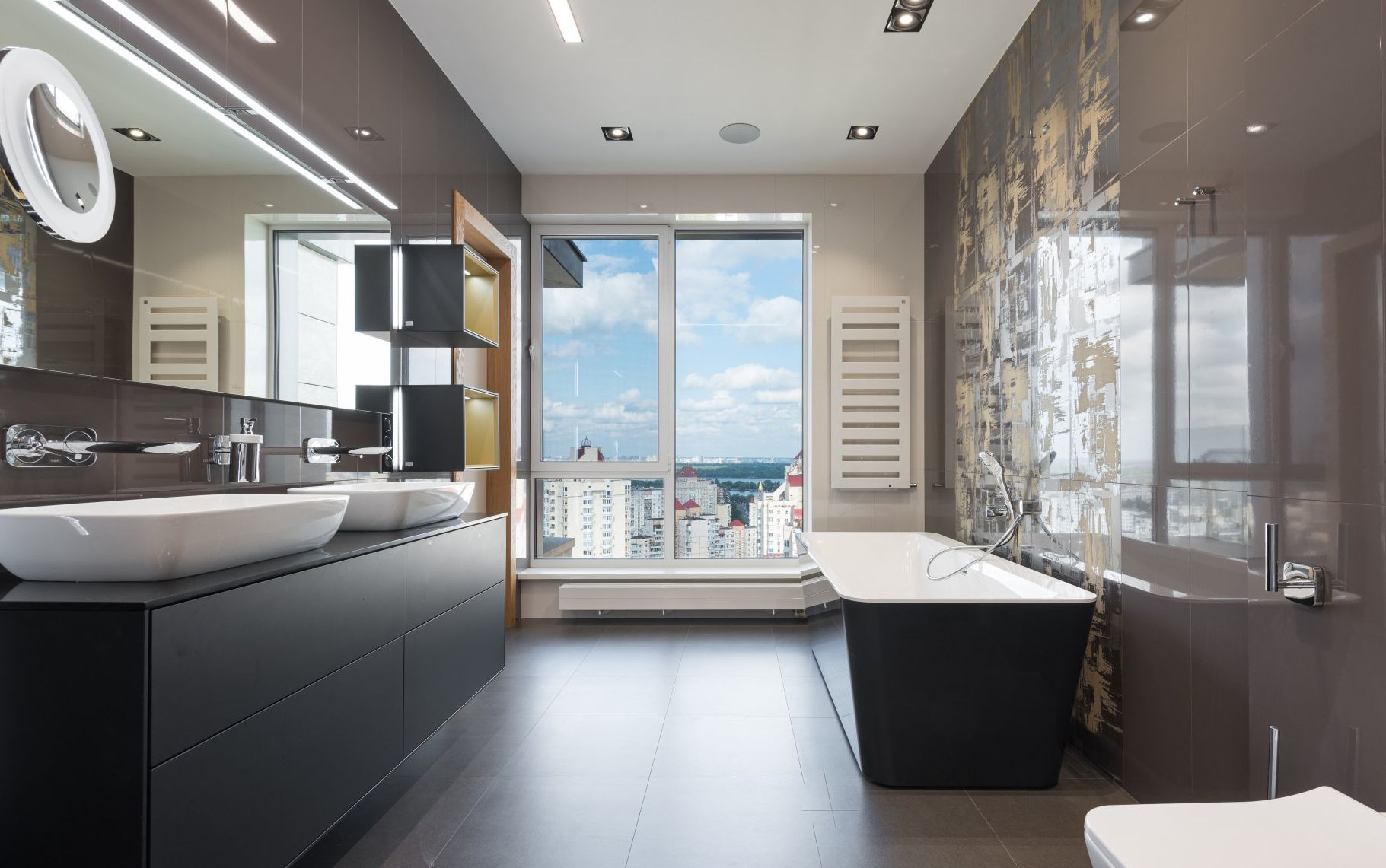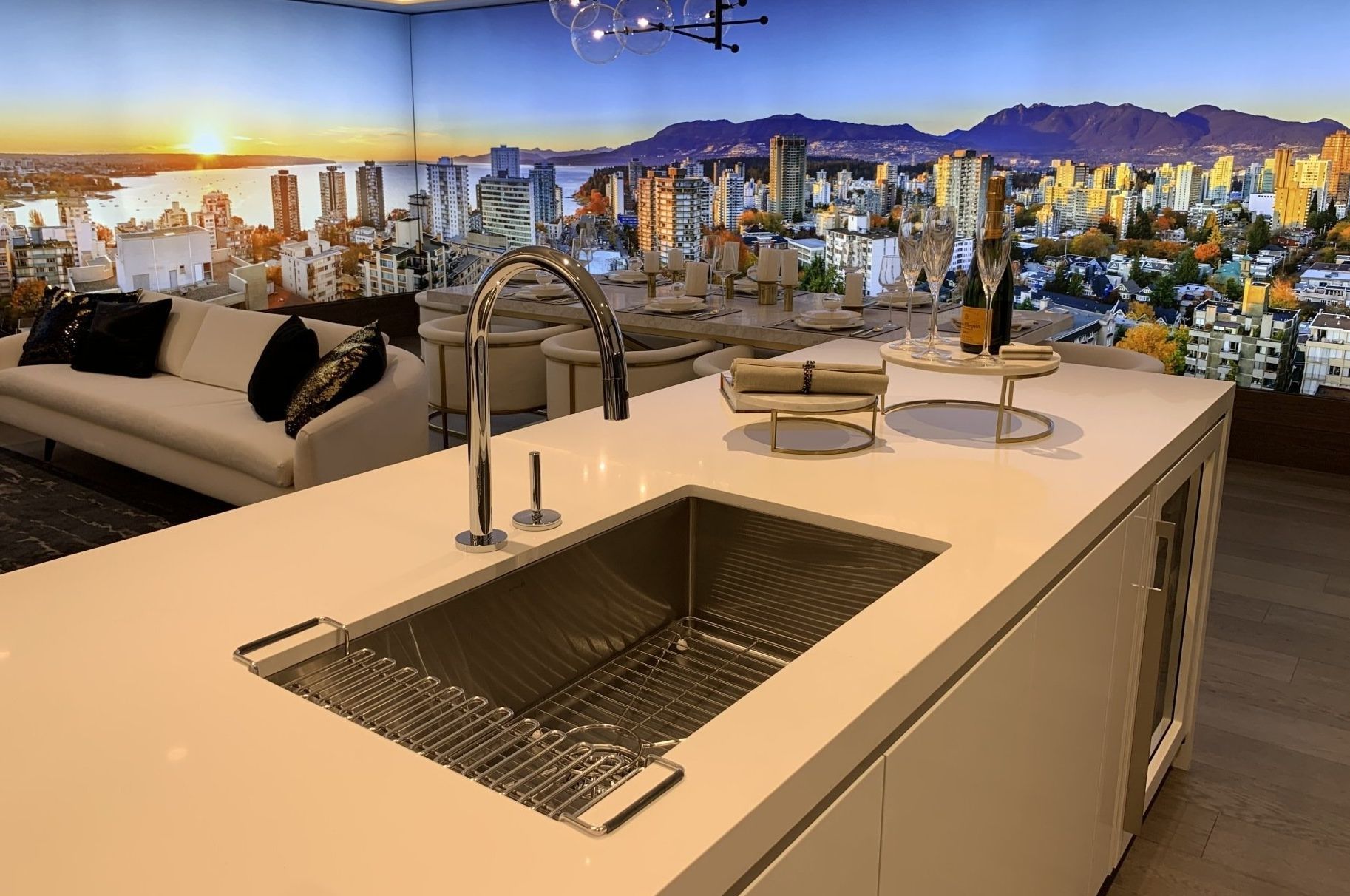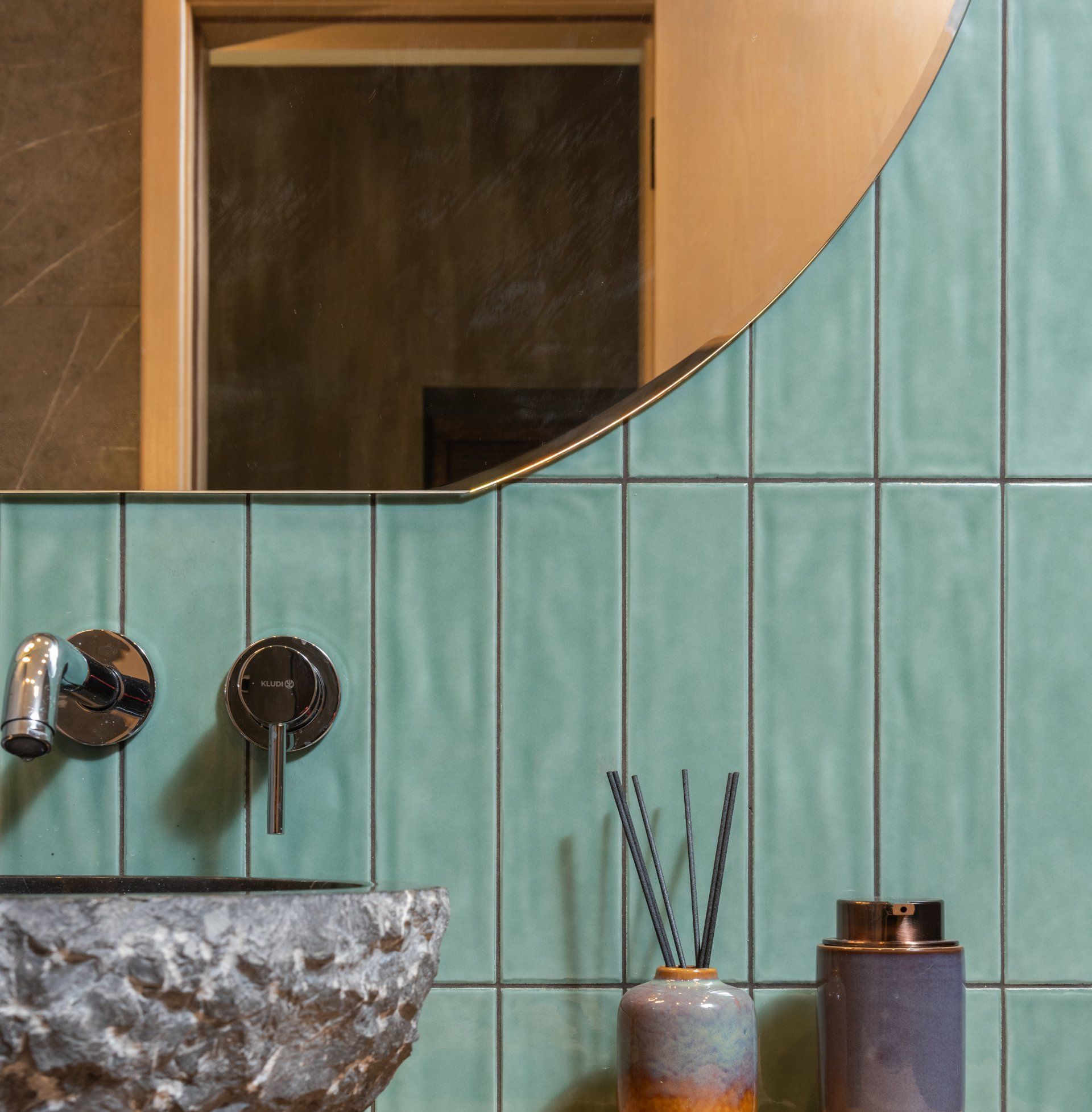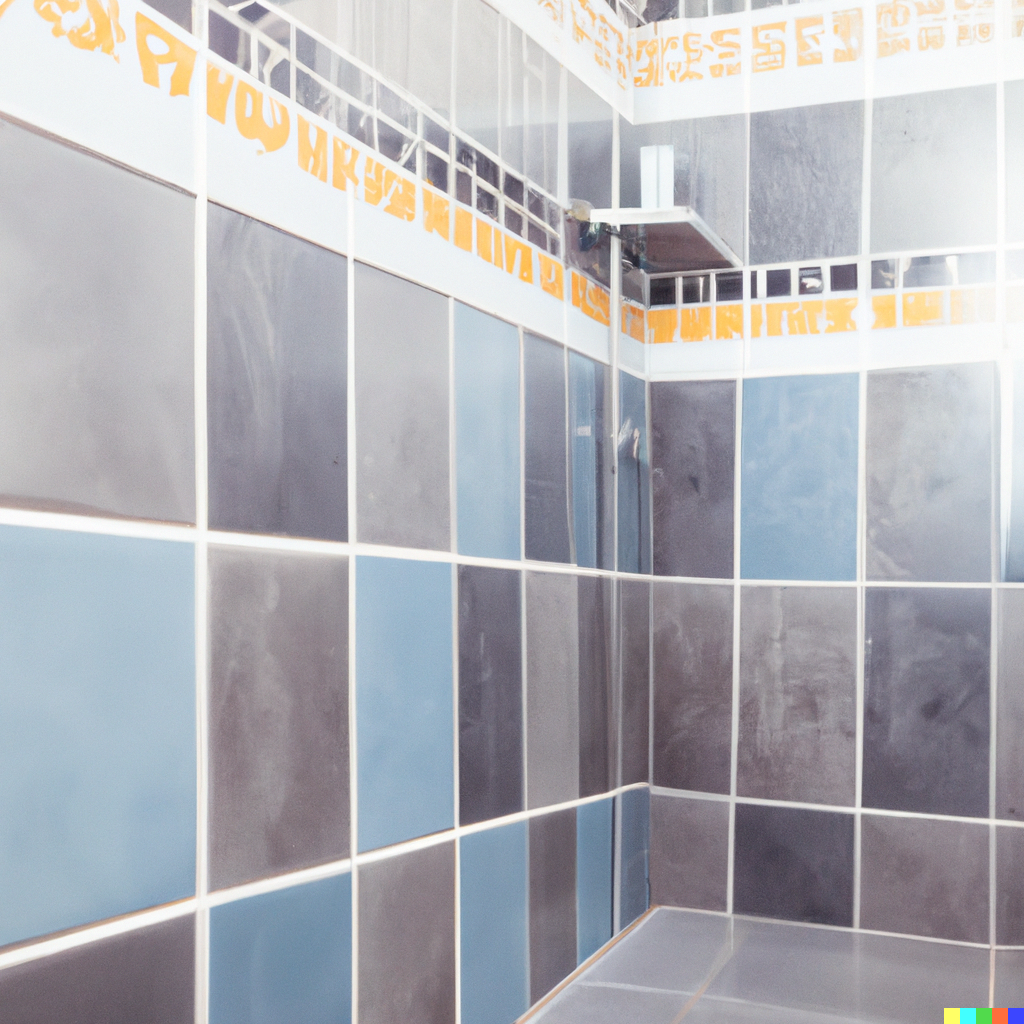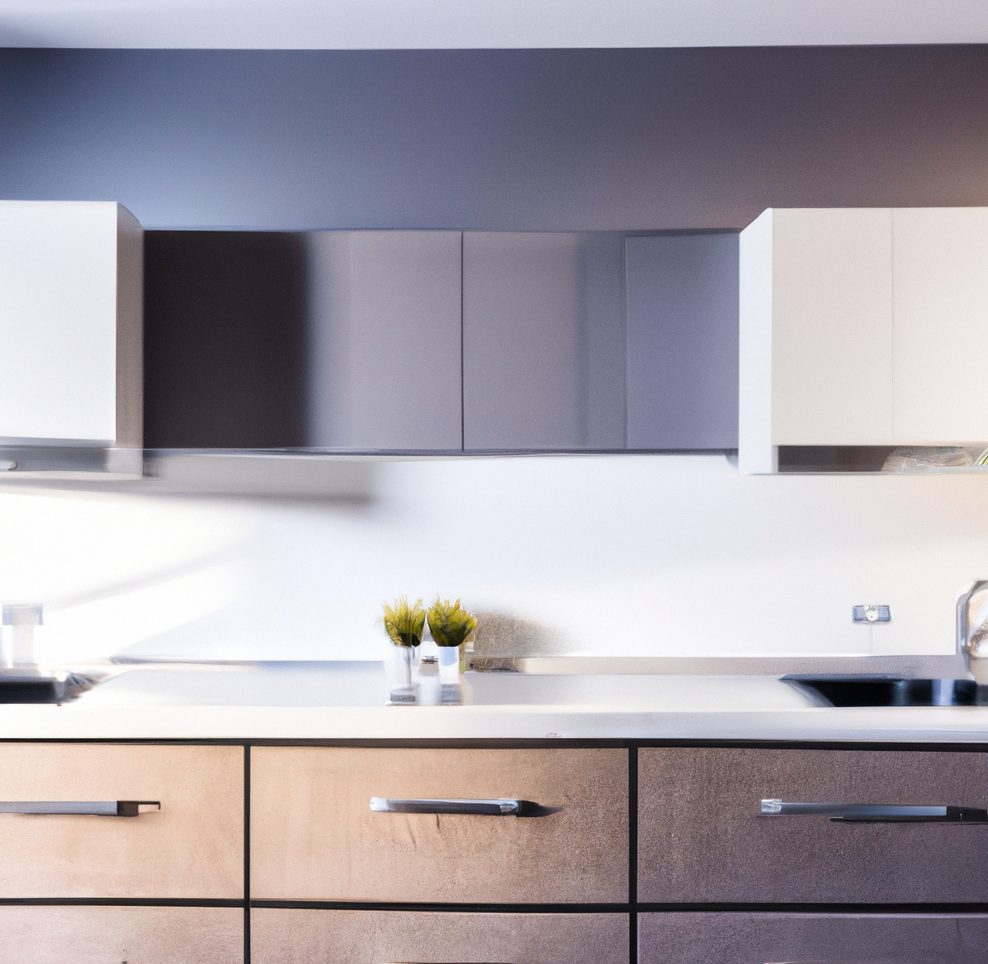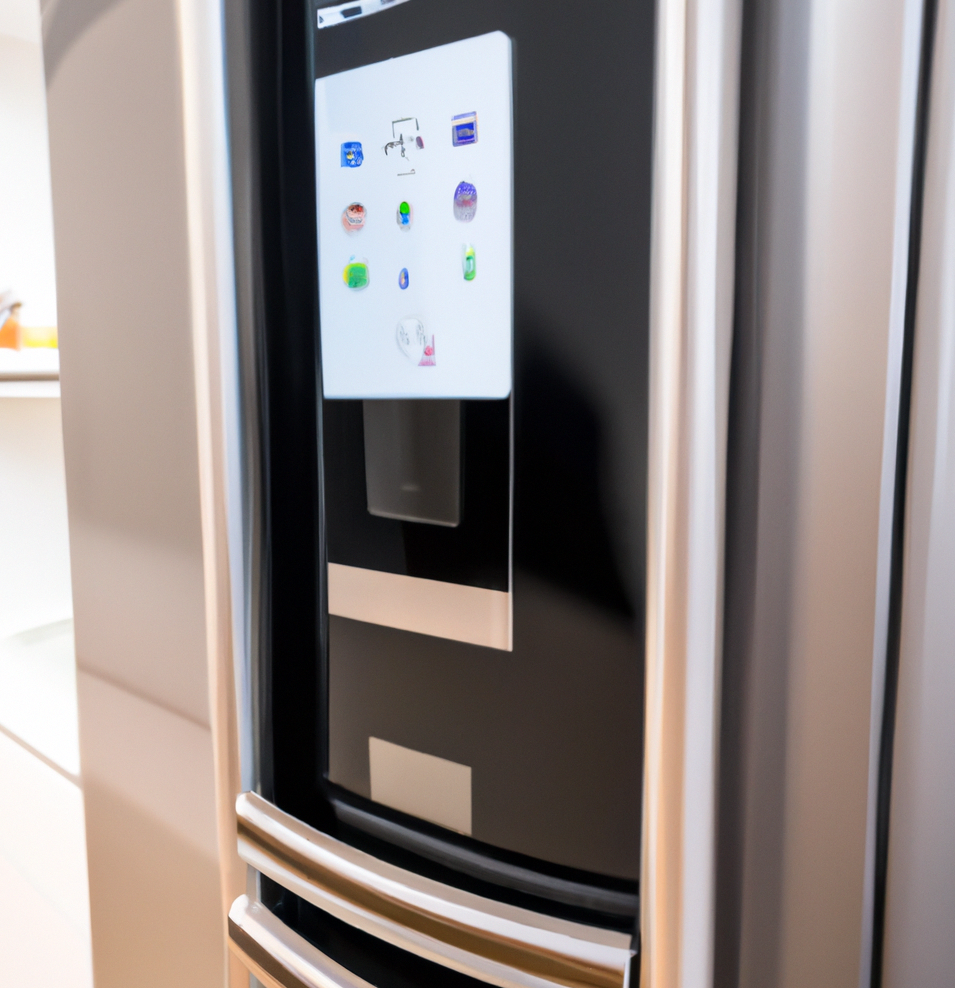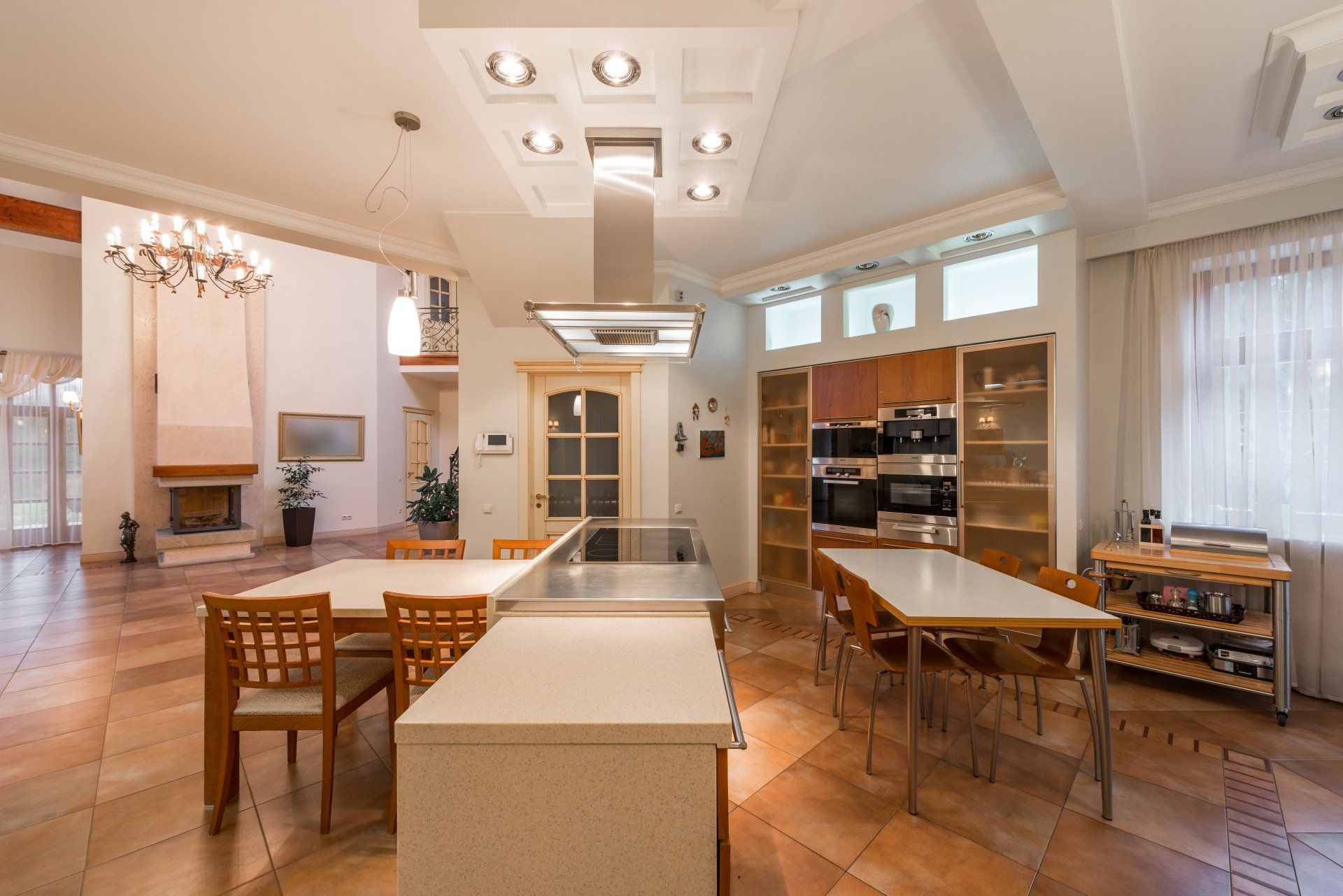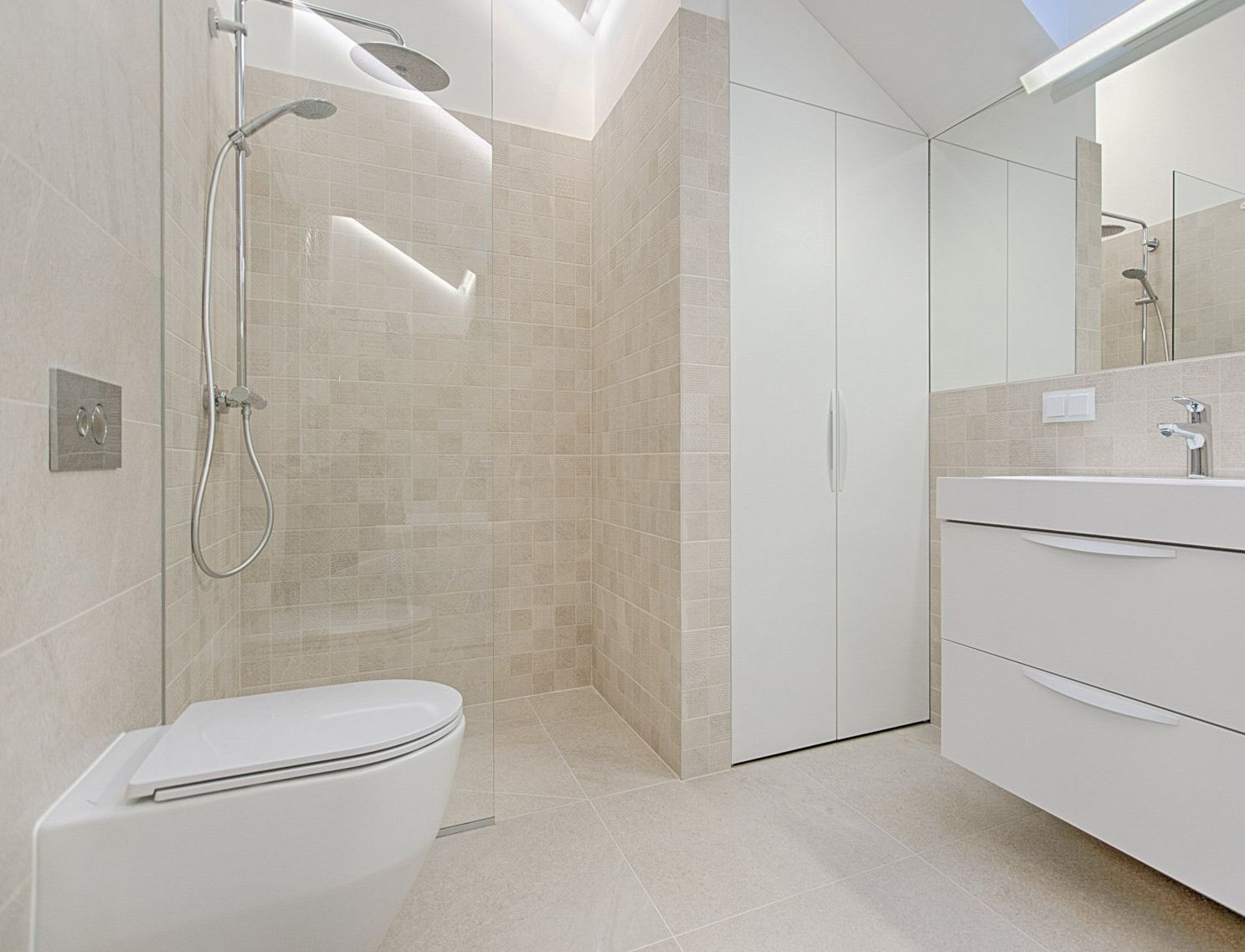Resurfacing Cabinets vs. Replacing: A Cost Effective Analysis
The kitchen is often the heart of a home, where families gather to cook, dine, and create memories. As years pass, cabinets may start to look worn, outdated, or damaged, leaving homeowners with a decision: should they resurface or replace their cabinets? In this blog, we will delve into the cost-effectiveness of resurfacing cabinets compared to replacing them, allowing you to make an informed decision about your kitchen renovation.
Understanding the Basics
Before diving into the cost analysis, it's essential to understand the differences between resurfacing and replacing cabinets.
Resurfacing cabinets involves removing the existing cabinet doors, drawer fronts, and hardware, then applying a new veneer, paint, or stain to the cabinet boxes' exterior surfaces. The doors and drawer fronts are replaced with new ones, and new hardware is installed. This process gives your cabinets a fresh, updated look without the need for a complete replacement.
On the other hand, replacing cabinets involves removing the entire cabinet structure, including the boxes, doors, and hardware. New cabinets are then installed in their place. This option provides more flexibility in terms of layout and design, but it is generally more expensive and time-consuming.
Cost Comparison
The most significant factor to consider when deciding between resurfacing and replacing cabinets is cost. Resurfacing is often the more cost-effective choice, with prices ranging between $1,000 and $5,000 for a standard-sized kitchen. Factors affecting the cost of resurfacing include the size of the kitchen, the materials used, and the complexity of the project.
Conversely, replacing cabinets can cost anywhere from $4,000 to $20,000 or more, depending on the size of the kitchen, the quality of materials, and the intricacy of the design. Custom cabinetry, in particular, can be quite expensive due to the high level of craftsmanship and detail involved.
Time and Convenience
Aside from cost, time and convenience are other factors to consider when deciding between resurfacing and replacing cabinets. Resurfacing usually takes less time than a full replacement, with most projects completed within a week. In contrast, replacing cabinets can take several weeks or even months, depending on the project's scope and complexity. This extended timeframe may result in a more significant disruption to your daily life and increase the likelihood of encountering unforeseen issues.
Return on Investment (ROI)
When considering a kitchen renovation, it's essential to evaluate the potential return on investment (ROI). Resurfacing cabinets can yield a substantial ROI due to the relatively low cost and significant impact on the kitchen's appearance. According to industry experts, homeowners can expect to recoup approximately 70-80% of their investment in cabinet resurfacing.
While replacing cabinets may also improve the kitchen's aesthetics and functionality, the higher upfront costs can result in a lower ROI. Homeowners can expect to recoup around 60-70% of their investment in new cabinets.
Final Thoughts
When deciding between resurfacing and replacing cabinets, the cost-effectiveness of each option should be carefully considered. Resurfacing is generally the more cost-effective choice, offering a substantial ROI, shorter project timeline, and less disruption to your daily life. However, if your cabinets are severely damaged or if you desire a completely new layout and design, replacing the cabinets may be a worthwhile investment. Ultimately, the best decision depends on your specific needs, budget, and preferences.
